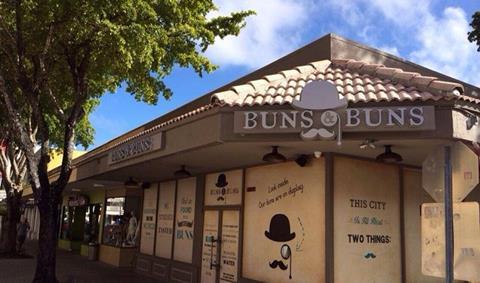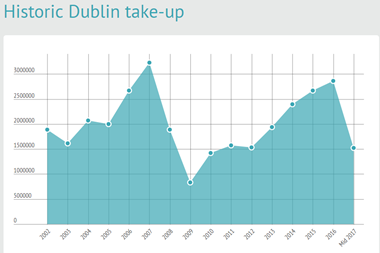In recent years, the UK’s insatiable appetite for gourmet takeaway has seen the delivery market boom. With the dining delivery industry worth £3.6bn in 2016 – 50% more than in 2008 - brands are looking to be reactive and take a slice of the pie.

However, some are skipping the storefront and traditional restaurant offering completely, opening kitchens exclusively for delivery services. Though it’s branding and reviews are real, the restaurant itself doesn’t physically exist, hence why they are so called ‘ghost’ restaurants.
According to analysts, NPD Group, the delivery sector rose almost 10% in the UK last year, while total visits to restaurants rose by just 1%. The delivery-only model is widespread across the U.S. and proves to be successful. A survey of 100 of New York City’s top customer-rated restaurants via delivery services, Seamless and GrubHub, found that more than 10% came from ghost kitchens.
Demand delivery services’ growing portion of the U.K. dining market suggests there is no reason why a similar model wouldn’t see equal success in the UK.
In London, Buns & Buns offer “fine dining food for under £20, in under 20 minutes” from Deliveroo, though their restaurant in Covent Garden is yet to open. Meanwhile, with locations in Battersea, Camberwell and Canary Wharf, JKS’s Indian takeaway Motu, also currently delivers via Deliveroo despite having no customer-facing site.

The prime advantage to operating from a virtual restaurant is clear: low overheads. With imminently rising business rates in the capital and increasing import costs due to a weaker pound, ghost restaurants are undeniably an economic option. Brands aren’t required to commit valuable square footage to customer seating, toilets or waiting areas. Staff numbers are reduced and fit out costs are limited entirely to functional needs. Brands utilising this model can also adapt to dining trends as soon as they emerge or quickly relocate anywhere with appropriate space for an industrial kitchen – something which would take considerably longer for a bricks and mortar site with a fixed experience.
Room for ghost growth
In addition, for larger brands with existing restaurant locations, ghost restaurants can also ensure the quality of their dining experience is not tainted by overstretched kitchens or disturbance from delivery drivers.
With imminently rising business rates and increasing import costs, ghost restaurants are undeniably an economic option
Naturally this also presents challenges, as brands seek to adequately recreate the flavour, presentation and experience they can provide within traditional restaurants. Losing the storefront also requires alternative marketing to reach the lost footfall.
Due to being smaller scale turnover operations, it seems unlikely these restaurant concepts would have a major nor negative impact on the high-street set-up, or that companies would forgo permanent customer facing sites.
The benefits of a high-street position and the subsequent profits will remain attractive to operators.
What we may see however, is operators utlising the ghost restaurants to trial their product and branding. This lighter commitment acts as a stepping stone, that may lead fresh operators to bricks and mortar locations that they may not have otherwise gone to. Thus, for many it is an attractive and feasible formula, and there is certainly room for considerable growth within the UK market.






























No comments yet